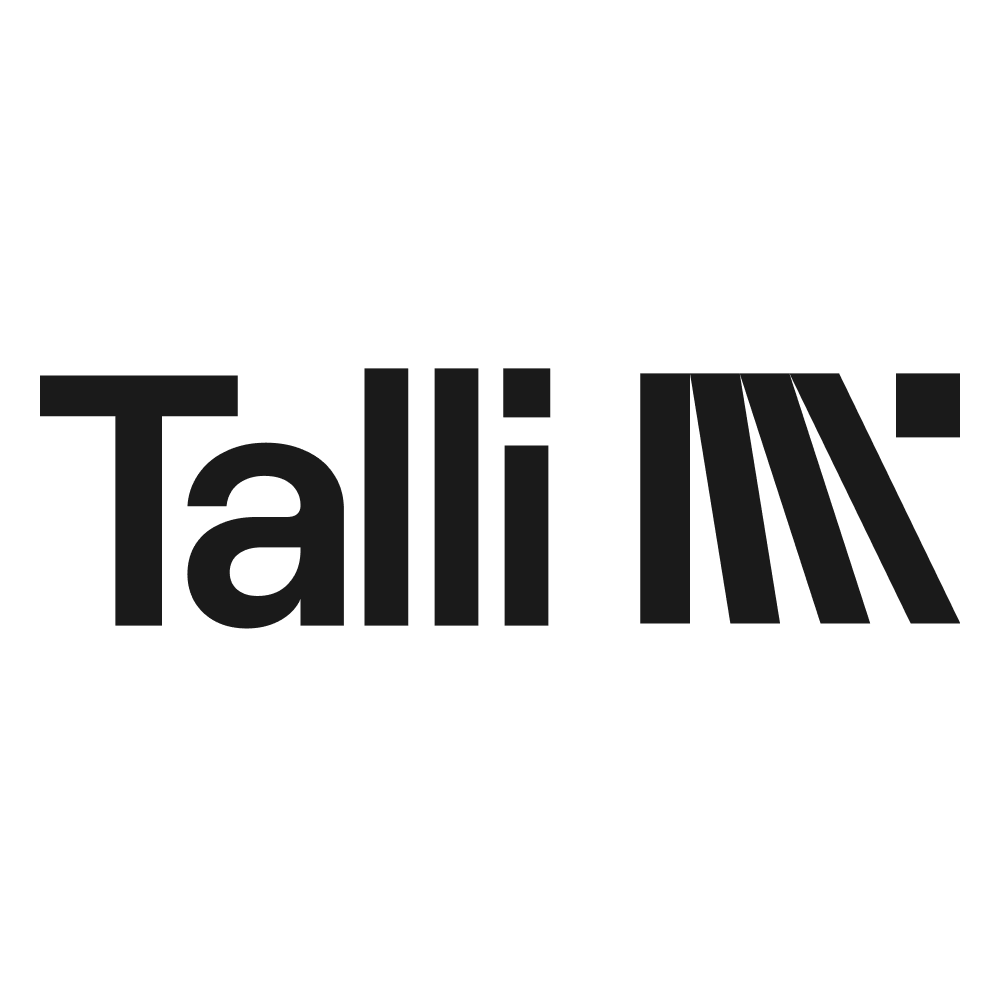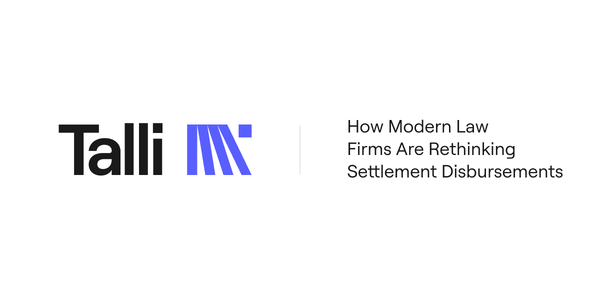Claims Reconciliation Statistics — 24 Critical Facts Transforming Payment Processing in 2025
Comprehensive data revealing the massive inefficiencies in manual reconciliation and the transformative potential of digital disbursements
Key Takeaways
- Your reconciliation struggles are shared across the industry — With 58% of companies still manually reconciling accounts and processing taking up to 2 hours per payment rail, your challenges reflect widespread systemic inefficiencies
- The cost burden is staggering but solvable — Organizations waste billions on manual processes costing $8 per paper check versus $0.045 for digital payments, yet immediate relief comes with proper automation
- Speed expectations have fundamentally shifted — While traditional processing averages 23.9 days, consumers now expect digital payments within 2-3 days, and real-time payments complete in under 20 seconds
- Technology adoption is accelerating but uneven — 74% of companies still rely on outdated legacy systems creating massive operational gaps, yet digital transformation delivers 30% efficiency gains from day one
- Consumer preferences have decisively shifted — 92% of US consumers made digital payments in 2024, with 75% wanting all digital payments to be real-time rather than waiting for checks
- Compliance costs are driving change — With global financial penalties reaching $4.6 billion in 2024 and check fraud affecting 65% of organizations, automation becomes essential for security and regulatory survival
- The reconciliation revolution is here — From $100 billion mass payment markets growing to $250 billion by 2033, the infrastructure exists to transform your operations today
The Current State of Claims Processing
1. Error rates range from 3% to 25% depending on claim type and processing method
Manual reconciliation processes create significant accuracy problems, with Medicare Fee-for-Service programs reporting a 7.66% improper payment rate representing $31.70 billion in fiscal year 2024. These aren't isolated incidents but systematic issues affecting every organization relying on manual processes. The variation in error rates demonstrates that with proper systems, accuracy is achievable, but manual processes virtually guarantee significant mistakes that cost both money and customer satisfaction. Source: McKinsey Claims Report
2. Traditional claims processing averages 23.9 days from start to settlement
J.D. Power research reveals the extended timeline that frustrates both organizations and their customers, with catastrophic claims requiring an average of 34.2 days. If your processing times feel excessive, the data validates your concerns while highlighting the competitive advantage available through optimization. Digital methods reduce this to 15 days average, with some organizations achieving settlement within hours rather than weeks. Source: J.D. Power Study
3. 58% of US companies still manually reconcile accounts
Industry surveys reveal that despite automation technology being readily available, the majority of organizations continue time-intensive manual reconciliation processes. This means your reconciliation challenges are shared across the industry, but also that competitive advantages await those who modernize first. Manual reconciliation requires up to 2 hours per payment rail compared to 10-15 minutes with automation — a 12-fold improvement in efficiency. Source: Solvexia
Cost of Manual Systems
4. Paper checks cost $8 each versus $0.045 for FedNow transactions
This represents a staggering 99.4% cost reduction available through digital payments, yet organizations continue absorbing these unnecessary expenses daily. The $8 includes processing fees, postage, administrative time, and reconciliation costs, while FedNow transactions complete in under 20 seconds. For organizations processing thousands of payments monthly, this cost differential creates massive operational savings opportunities. Source: Federal Reserve FedNow Service
5. Healthcare organizations save $8,000-10,000 monthly through digital payments
Healthcare payment studies show that the savings from digital transformation are immediate and substantial, not theoretical future benefits. These monthly savings compound to $96,000-120,000 annually for individual healthcare organizations, demonstrating the rapid ROI available through modernization. The savings come from reduced processing costs, eliminated check printing and mailing, faster collection cycles, and improved cash flow management. Source: Sword Health
Digital Payment Revolution
6. ACH networks processed 33.6 billion payments worth $86.2 trillion in 2024
The National Automated Clearing House Association reports this record-breaking volume demonstrates the massive scale of digital payment adoption across the economy. If you're not part of this digital ecosystem, you're operating outside the mainstream payment infrastructure that processes trillions in value annually. Same Day ACH alone experienced 45.3% growth in 2024, showing accelerating demand for faster payment settlement. Source: NACHA Volume Report
7. Same Day ACH reached 1.2 billion payments worth $3.2 trillion in 2024
This represents 45.3% growth from 2023, more than double the previous year's growth rate, indicating accelerating adoption of faster payment methods. Organizations and consumers increasingly expect same-day settlement rather than the 3-5 day delays of traditional methods. The volume growth demonstrates that faster payment infrastructure is not experimental but has become essential business infrastructure. Source: FRB Services
8. Digital wallets processed $13.9 trillion globally in 2023
Global payment research reveals digital wallets now account for 50% of all online consumer spending and 30% of point-of-sale transactions, with projections reaching $25 trillion by 2027. This massive shift means your customers increasingly expect digital payment options, and organizations not offering them face competitive disadvantages. The growth from $13.9 trillion to projected $25 trillion represents an 80% increase in just four years. Source: Datos Insight
9. 92% of American workers receive pay through the ACH Network
Federal Reserve payment data shows that digital payments have become the overwhelming standard for employment compensation, demonstrating universal acceptance and infrastructure readiness. If your organization still issues paper checks for claims or settlements, you're operating with payment methods that 92% of the workforce has already moved beyond in their primary income. This creates expectation gaps and operational inefficiencies. Source: Federal Reserve Study
Technology Adoption Challenges
10. 74% of insurance companies still rely on outdated technology
Industry technology surveys reveal that despite widespread recognition of digital transformation benefits, the majority of insurers continue operating on legacy systems that create operational barriers. This means your technology challenges are shared across the industry, but also that competitive advantages await early adopters. Legacy system limitations create cascading inefficiencies in reconciliation, payment processing, and customer service. Source: Feathery
11. 70% of IT budgets are consumed by maintaining legacy systems
Technology spending analysis reveals that the majority of technology investments go toward keeping outdated systems operational rather than driving innovation or efficiency improvements. This creates a vicious cycle where organizations can't invest in modern systems because they're spending everything maintaining old ones. The financial burden of technical debt compounds annually, making transformation more expensive with each passing year. Source: Accenture
Industry-Specific Impacts
12. US property claims volume increased 36% in 2024
Insurance industry statistics show this dramatic surge in claims volume, with catastrophe claims surging 113% and hurricane claims increasing 1,100% in Q4 alone. This volume increases strain manual processing systems beyond capacity, making automation essential rather than optional. Organizations without scalable digital processing capabilities face mounting backlogs and customer satisfaction problems. Source: Insurance Information Institute
13. Motor insurance payouts reached a record £11.7 billion in the UK
Association of British Insurers data reveals this record figure demonstrates the massive financial flows requiring efficient processing and reconciliation systems. Third-party bodily injury payouts alone averaged £27,373, an 8% increase from previous years. These large payment volumes make processing efficiency critical for maintaining profitability and customer satisfaction. Source: Reinsurance News
14. Legal software saves firms 1-5 hours per week
Legal technology surveys show that 46% of users report significant time savings, translating to 156 hours annually per attorney or $46,800 in captured billable time at $300 per hour. These efficiency gains demonstrate that technology investments in professional services deliver immediate, measurable returns. Small firms typically spend $5,000-8,000 annually on comprehensive software setups, making the ROI calculation favorable. Source: Faster Outcomes
15. Settlement administrators processed billions in Q4 2024
Class action settlement data shows major administrators like Epiq Systems handling 5 cases worth $1.1 billion, Gilardi & Co managing 7 cases worth $282.2 million, and KCC processing 1 case worth $125 million. These massive payment volumes require sophisticated reconciliation and disbursement systems to manage effectively. The scale demonstrates why manual processing is impossible for large-scale settlements. Source: Epiqglobal
Consumer Expectations
16. 92% of US consumers made digital payments in 2024
Federal Reserve consumer payment research demonstrates that digital payments have become the overwhelming consumer preference, not a niche alternative. If your organization still relies heavily on paper checks, you're operating against established consumer behavior patterns. The 92% adoption rate spans demographics and income levels, making digital payment capability essential for customer satisfaction. Source: Federal Reserve Study
17. 29% of consumers expect payments within 2-3 days
This represents a 53% increase year-over-year in speed expectations, while only 26% consider waiting a week or more acceptable. Consumer patience for slow payment processing has fundamentally shifted, making traditional processing timelines a competitive liability. Organizations that can deliver payments faster gain significant customer satisfaction advantages. Source: Decta
18. 75% of consumers want all digital payments to be real-time
Mobile payment studies reveal that speed has become the primary expectation for digital transactions, with consumers viewing delays as system failures rather than normal processing time. Mobile phone payments averaged 11 transactions per month in 2024, up from just 4 in 2018, demonstrating rapid adoption of faster payment methods. The expectation for real-time processing applies across payment types and use cases. Source: Resolve Pay
Compliance and Security
19. Global financial penalties reached $4.6 billion in 2024
Regulatory compliance analysis shows North America accounted for 95% of penalties at $4.3 billion, with transaction monitoring breaches alone generating $3.3 billion in fines — a 100% year-over-year increase. These massive penalties demonstrate that compliance failures carry existential financial risks. Manual processes create audit trails that are difficult to maintain and validate, increasing regulatory risk. Source: CybersecAsia
20. 65% of organizations experienced check fraud
Payment fraud research shows check fraud accounts for 30% of all fraud losses despite checks representing less than 10% of payment volume, making paper-based systems disproportionately vulnerable. Global ecommerce fraud reached $48 billion in 2024, while organizations lose 2.9% of revenue to payment fraud globally. Digital payment systems offer superior fraud detection and prevention capabilities. Source: AFP Fraud Survey
21. Average cloud data breach costs $4.88 million
IBM security research reveals the massive financial impact of security incidents, with the insurance industry experiencing a 37% increase in data breaches between 2022 and 2024. Organizations now allocate 9.9% of IT budgets to cybersecurity, while global spending projects $188 billion for 2025. Manual reconciliation systems often lack the security controls and audit trails necessary to prevent and detect breaches. Source: IBM Breach Report
Looking Forward
22. Mass payment solutions market grows from $100 billion to $250 billion by 2033
Market research projects a 10.5% compound annual growth rate driven by increasing demand for efficient, scalable payment processing across industries. This growth reflects the fundamental shift from manual to automated payment processing becoming business-critical infrastructure. Organizations not participating in this digital ecosystem face increasing competitive disadvantages as automated solutions become standard. Source: Future Market Insights
23. Digital payments projected to reach $60.8 trillion by 2027
Global digital payment growth analysis shows a 47% increase from 2023, with digital wallets accounting for 60% of the global population by 2026. The scale of this transformation means digital payment capability becomes essential business infrastructure, not optional technology. Organizations operating outside this ecosystem face increasing isolation from mainstream commerce. Source: Data Intelo
24. Organizations achieve 30% efficiency gains from day one of automation
Implementation case studies demonstrate that modern reconciliation and payment systems deliver immediate operational improvements, not gradual benefits over time. The 30% efficiency gain represents reduced manual work, faster processing times, and improved accuracy from the first day of operation. Organizations report these gains compound over time as staff adapts to automated workflows and focuses on higher-value activities. Source: HubiFi

